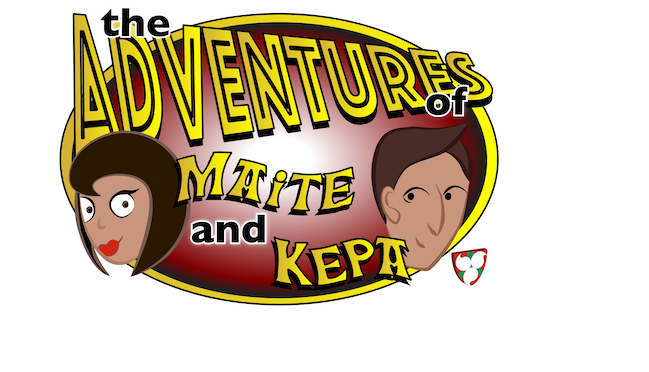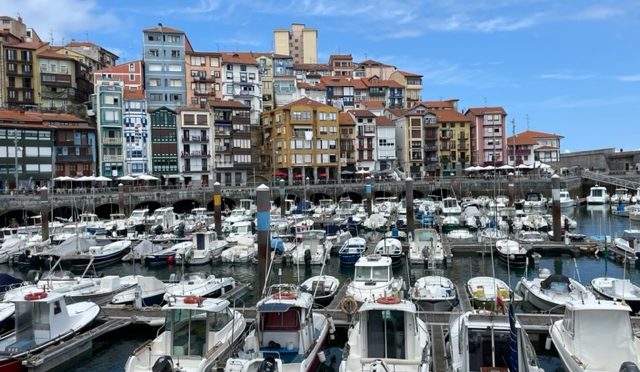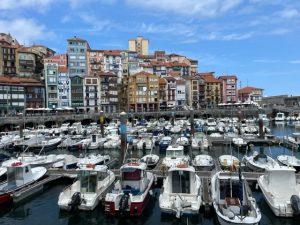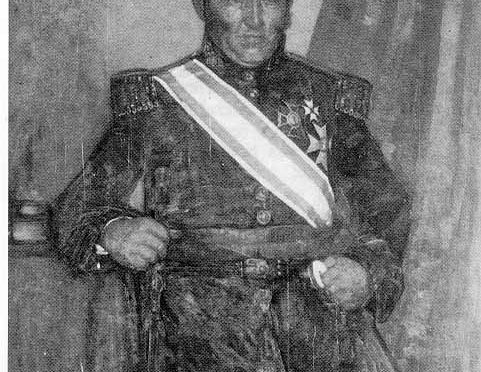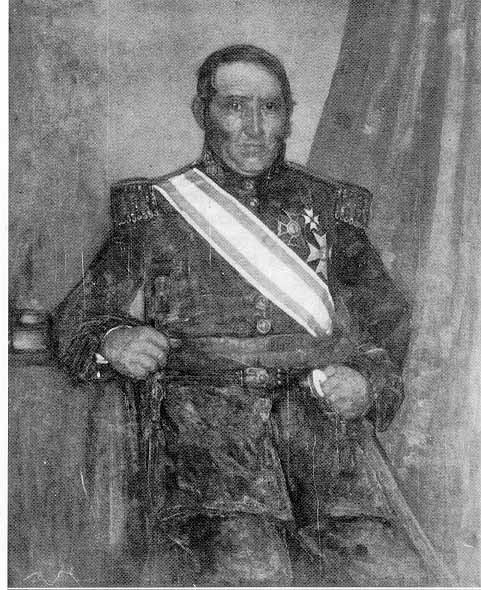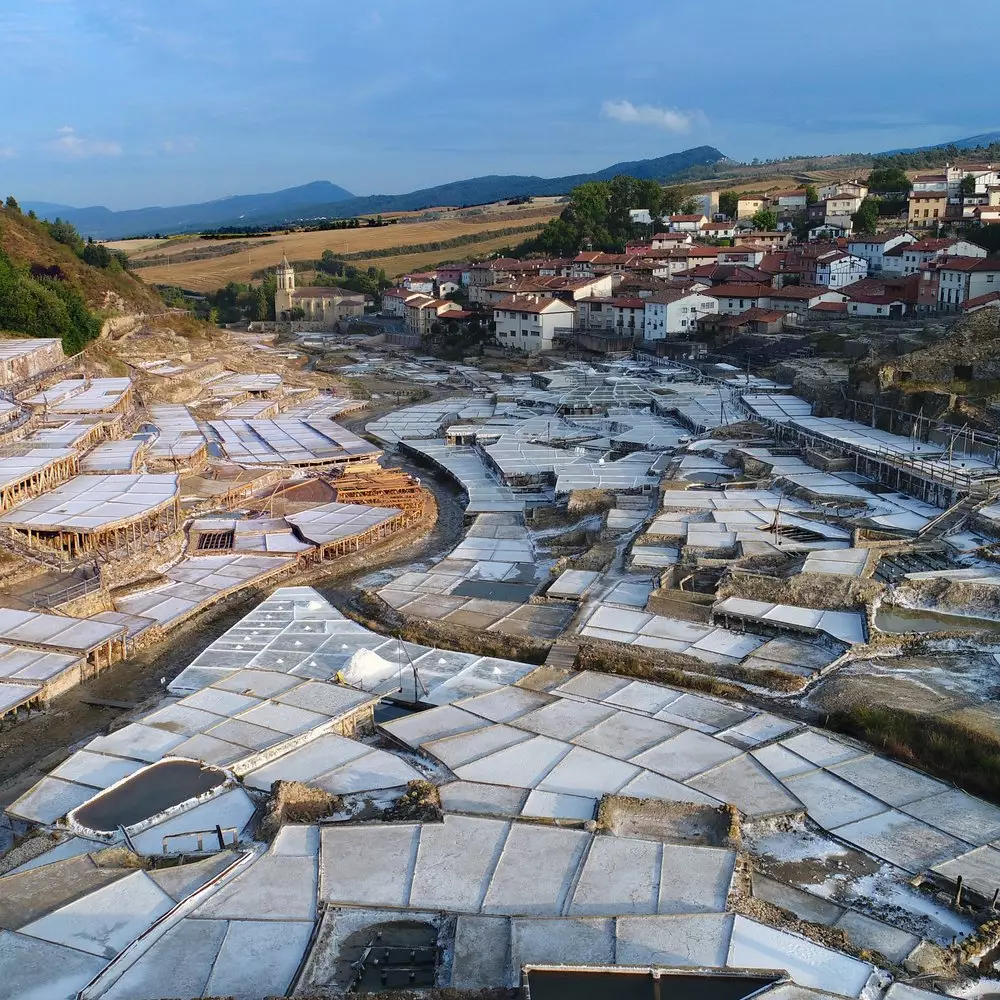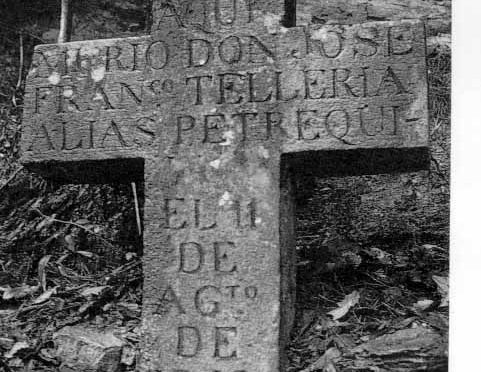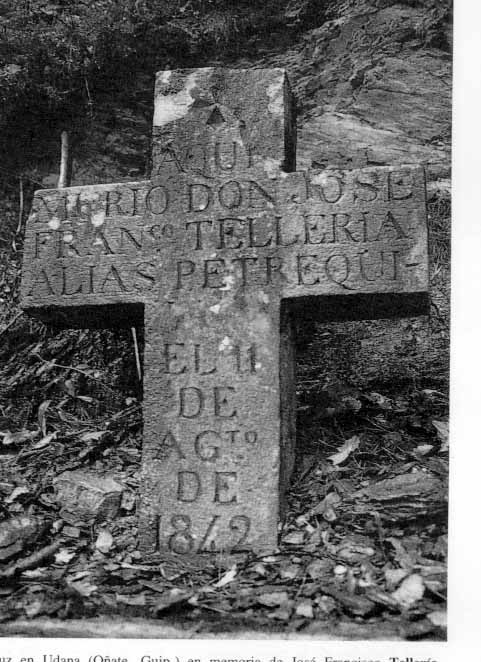“We should go,” said Kepa, breaking Maite’s somber reverie. “The last boat will be leaving soon.”

Maite nodded and, taking Kepa’s hand, walked down the path back toward the dock.
“What was it like?” she asked.
“What was what like?”
“Being dead.”
“I died before…” began Kepa.
“Bai,” Maite cut him off. “But last time, it was at the same time you touched the zatia, instantly returning us here. This time, you were dead for a while before I found the zatia. What was that like?”
“Ah,” said Kepa as he understood Maite’s question. “To be honest, I’m not really sure. I can’t remember much from between when I was shot to when I woke up next to you. It’s almost like it was instantaneous, like all of the other times. Except, I remember sort of watching over you, like it was some sort of distorted movie. It’s all very hazy, like a dream that you know you had but you can’t remember the details.”
“Or a nightmare. I can’t imagine being forced to watch all of that and not being able to do anything about it.”
“I’m just glad you found the zatia pretty quickly. If it had taken days…”
“Or years,” interrupted Maite.
Kepa nodded. “Or years, it would have been hell, watching you struggle, powerless to do anything.”
Maite stopped in the middle of the path and pulled Kepa’s arm so that he turned to face her.
“We need to do everything we can to make sure we aren’t left alone in one of these bubbles again.”
“I didn’t…” began Kepa.
Maite put a finger to his lips. “I know you didn’t mean to get shot, and I really don’t think there was anything you could have done differently. But, we need to be more cautious in the future. I got lucky this time. But, I can’t do this without you.”
“Nor I without you,” whispered Kepa.
Maite shuddered. “I don’t know what would happen if we both died in one of these bubbles without finding the zatia.”
“You’d have to wait until someone else did,” echoed Garuna in her skull. “You’d both be like ghosts, passively watching the bubble, unable to do anything.”
Kepa felt Maite’s hand suddenly go cold. “We need to talk to Marina,” she said as she turned back to the path.
If you get this post via email, the return-to address goes no where, so please write blas@buber.net if you want to get in touch with me.

